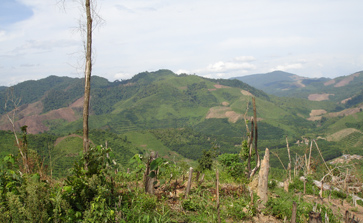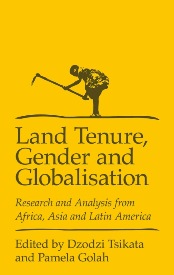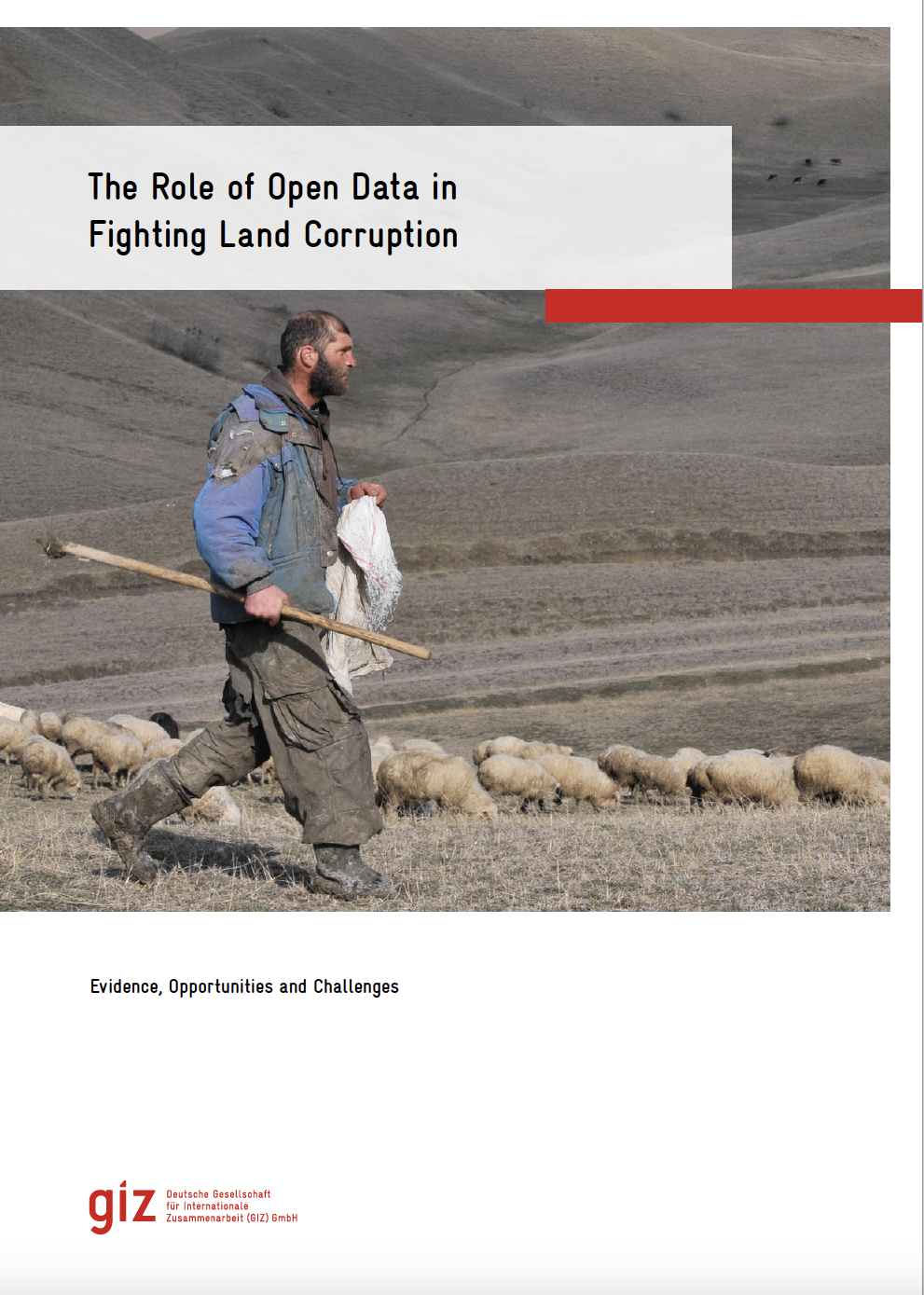Women From Mining Affected Communities Speak Out: Defending Land, Life & Dignity
This International Women and Mining Network - RIMM's publication is one step towards building an awareness of the challenges and struggles experienced by women in particular places where companies are extracting wealth from the depths of the earth. The perspectives of these outspoken women on mining are rarely heard in international media, court rooms, parliamentary legislatures, or international policy development forums.







